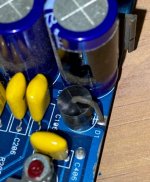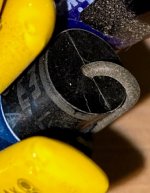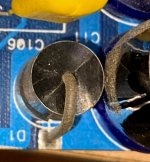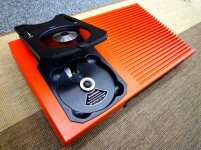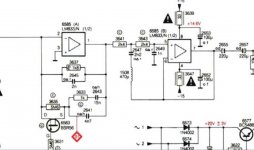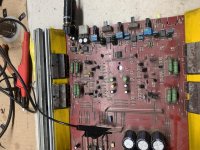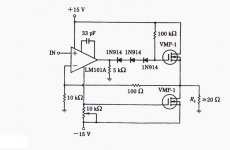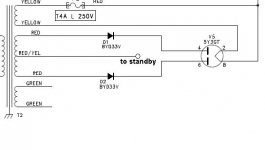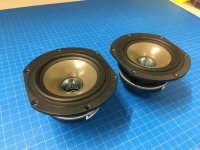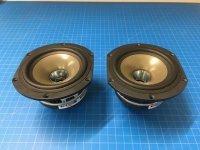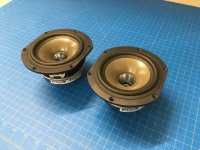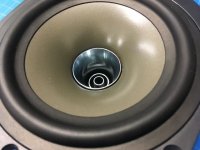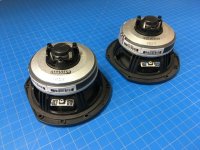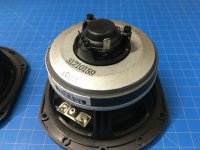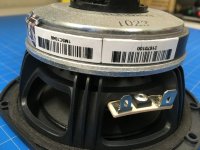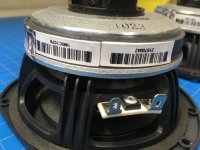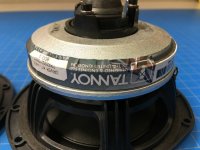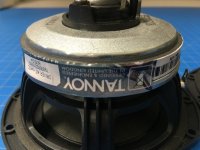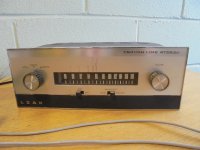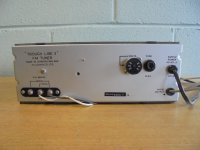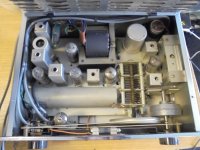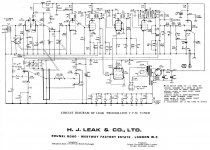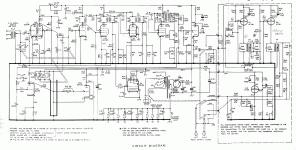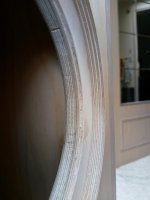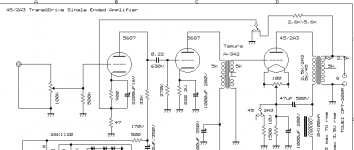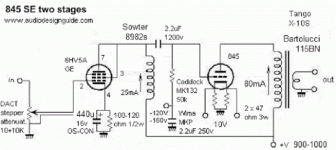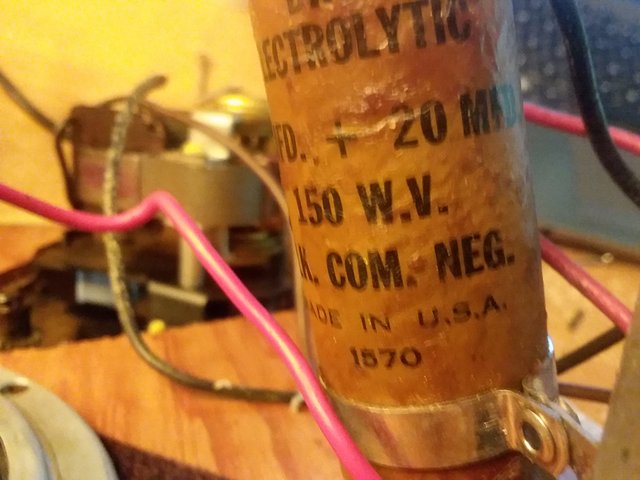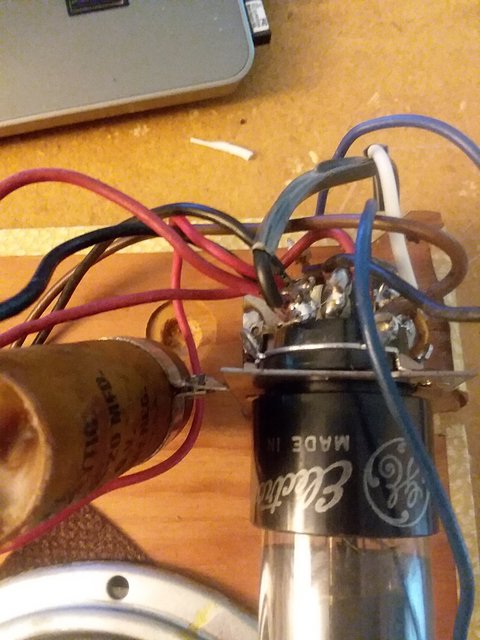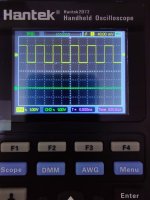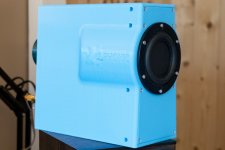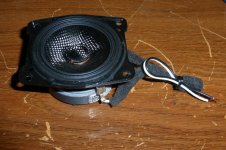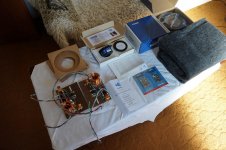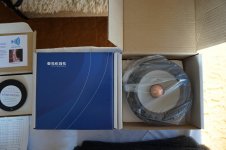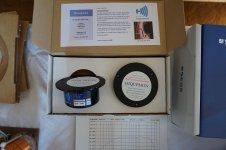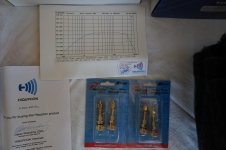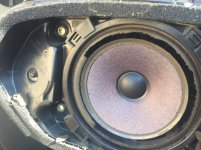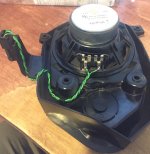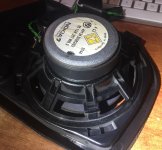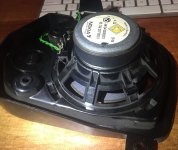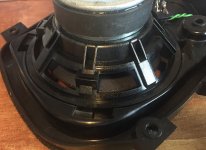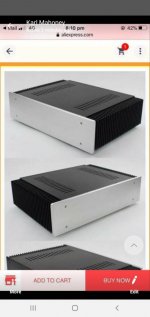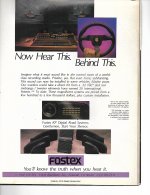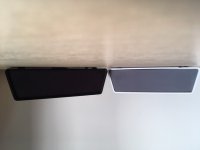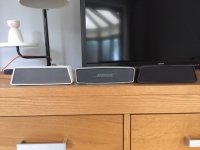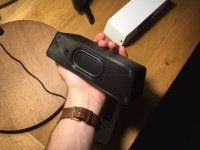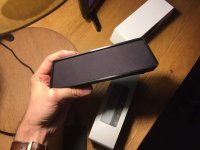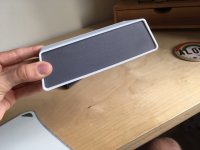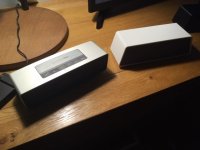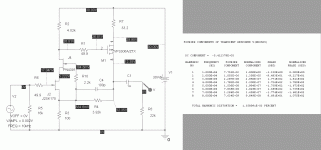Hello everyone. Great forum. Have been reading lots of good stuff and it's time to post my first call for help.
A few days ago I bought this pristine looking GFA 5400. Inside and out.
As always, upon receiving a used amp bought off eBay, I fire it up with no speakers connected, let it simmer for a few minutes, and take DC offset readings off the speaker posts.
First thing I noticed is that upon turning the unit on, Both distortion alert leds lit up, right channel dimmed quickly, but left channel took aprox 30 seconds to completely fade away. Both ended up unlit after this.
The amp simmered for a few moments, checked DC offset, 3mV on both channels. Left channel jumped occasionally to 20mV (or thereabout), and then went back to 3mV. Right channel stayed put at 3mV.
Turned the unit off. Waited a few minutes. Turned it on again, and no distortion alert lights went off. Everything was now normal. ¿?¿?
Hooked it up to my system. Worked as expected. When turning off, no whistling, pops, thuds or anything. When powering on, just the common thump, nothing bad.
Then....THE NEXT MORNING.... turned the thing on and Boom! distortion lights on, and a burst of crackle scared the hell out of me (and my daughter...) on the left channel, then silence, then another burst on the right channel.... Immediately turned the thing off. Disconnected speakers. Turned it on again, and as expected, the lights faded within 30 seconds and the amp worked fine after that.
So, I opened it up. Changed the big caps (I have all new electro's at hand since I bought this amp to do a cap-restoration). One main cap seemed to have a cold solder (discolored at least). Put in the new caps (15k uF SMH Chemicons). Fired it up, and no distortion lights. Bias was a bit low (20-23mV), so rebiased to 36-39mV, recalibrated offset to within 5mV. All was good. (or so it seemed). Left channel was sensibly warmer than right, at same bias current. That was yesterday.
This morning, fired it up, and boom, distortion lights....and the same 30 seconds before they faded out completely. Mainly left channel as I said before. Right channel light barely lights up and fades quickly.
I'm thinking of replacing the rest of the PS caps. But if someone has some light to shed here, I will be very interested in knowing.
It seems that this failure is only present after a prolonged (several hours) standby time.
Any hints? Comments?
Cheers,
Luis

